Last Updated: 04/06/2025
Ragdoll Cat | Breed Guide
Learn more from our Ragdoll Breed Guide packed with facts and care tips from our vets..
Author: Dr Teagan Lever BVSc (Hons)
Reading Time: 36 minutes - long read
The Ragdoll, the world's second most popular cat breed, is adored for its striking blue eyes, gentle nature, and relaxed personality. Their affectionate and loving temperament makes them an ideal companion for a variety of households, including those with elderly individuals and families with young children.
All about Ragdolls
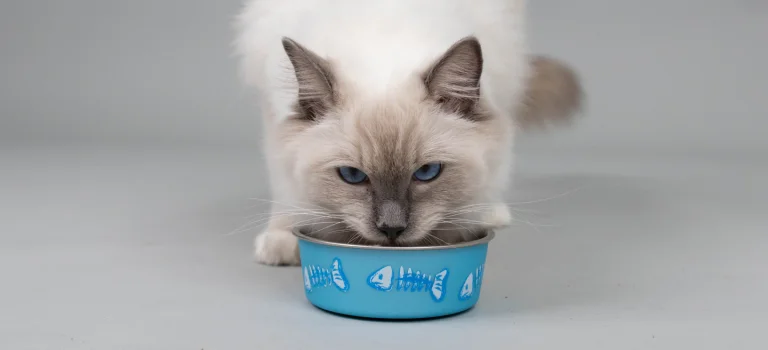
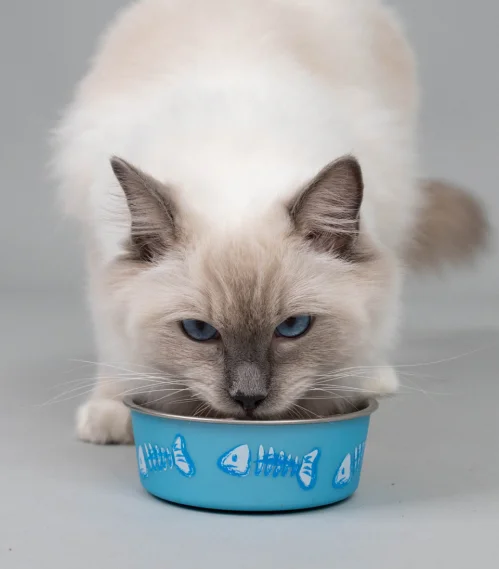
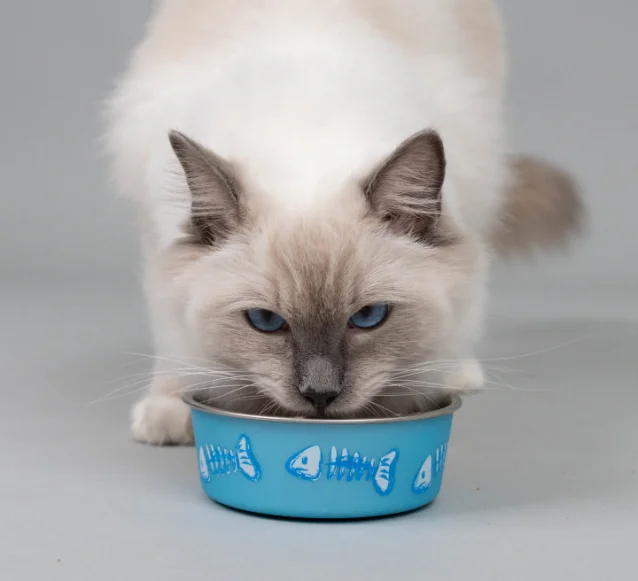
Nutrition
Feeding a high quality diet that is tailored to your Ragdoll's age and size will help to keep them healthy and happy. Getting nutrition right can help to prevent, reduce or manage some commonly occurring health conditions in Ragdolls such as urinary crystals and stones.
Best food for adult Ragdolls
To prevent unwanted weight gain in your less-active indoor Ragdoll, choose a "light" or "indoor" formula cat food. Formulas with added nutrients like omega fatty acids for skin support will also help keep their coat silky and glossy.
A balanced diet with optimized mineral levels can help prevent urinary stones and crystals, which Ragdolls are prone to. Therefore, a diet formulated to manage urine pH and minimise these risks is recommended. Supplementing their dry kibble with regular wet food meals is a simple way to increase your Ragdoll's water intake, which in turn also supports urinary health.
What to look for
Light or indoor formula to help maintain a healthy weight
Optimised urine pH and balanced mineral levels for urinary health
Added omega fatty acids for a silky, glossy coat
Vet picks
Best food for Ragdoll kittens
To choose the best food for your Ragdoll kitten, select a kitten-specific formula with the right levels of protein, calories, vitamins, and minerals to support their growth and development. Opt for easily digestible options with added prebiotics to promote a healthy gut microbiome and reduce the risk of tummy upsets.
What to look for
Balanced energy, vitamins and minerals to support growth and development
Highly digestible formula to help prevent tummy upsets
Prebiotic fibres for gut microbiome health
Vet picks
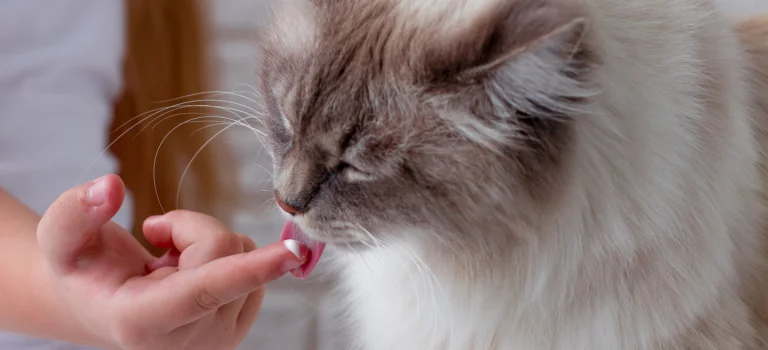
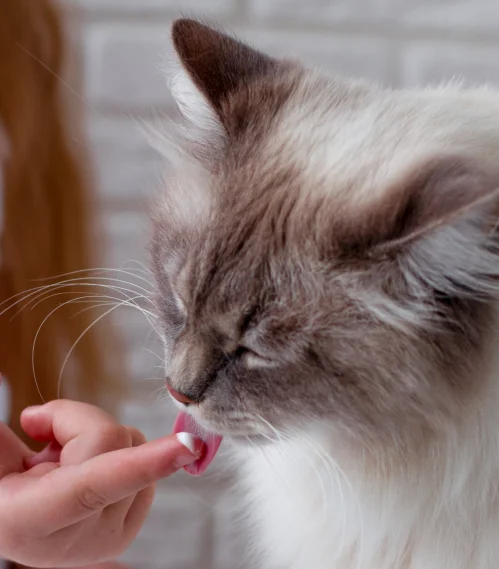
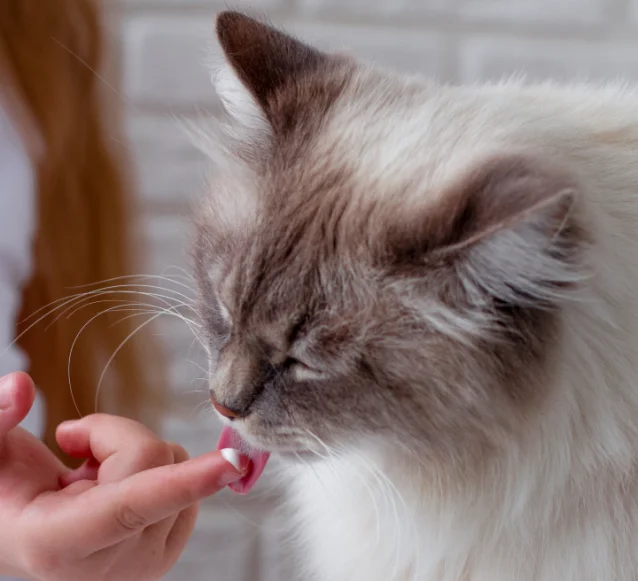
Flea & worming
Even if they live indoors, keeping your Ragdoll protected year round against common parasites is essential to maintaining their health. Fleas and ticks can be brought indoors by other pets, worm eggs can be present on shoes and heartworm are spread by mosquitoes, which can also enter the home.
Best flea and worming treatments for Ragdolls
Due to their placid nature, it can be easier to administer medication to Ragdolls compared with the average cat. This means that in many cases both oral and topical (spot on) treatments are suitable options. When choosing flea and worming products, ensure that you provide ongoing coverage against fleas, intestinal worms and heartworm as a minimum. If you live in a paralysis tick area, it is essential to also make sure your Ragdoll is protected against ticks.
A number of 'all in one' products are available for cats to make broad spectrum protection as simple as possible. Depending on the product, these products may need to be given monthly, or in some cases less frequently. Be sure to double check your Ragdoll's weight corresponds with the weight range on the pack to ensure the treatment is effective.
What to look for
Spot on treatments for easy dosing
Always double check the weight range to ensure an effective dose
All in one products for simplicity
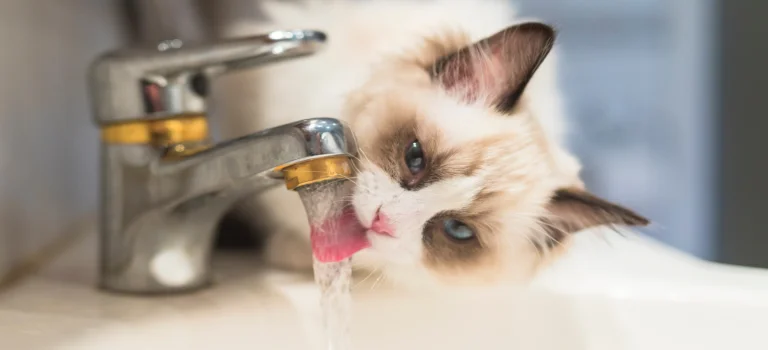
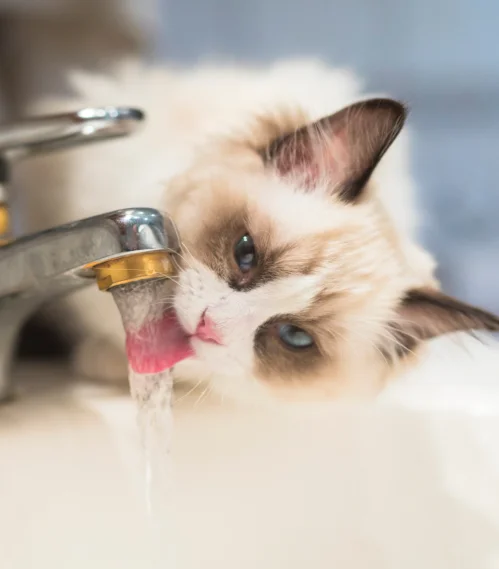
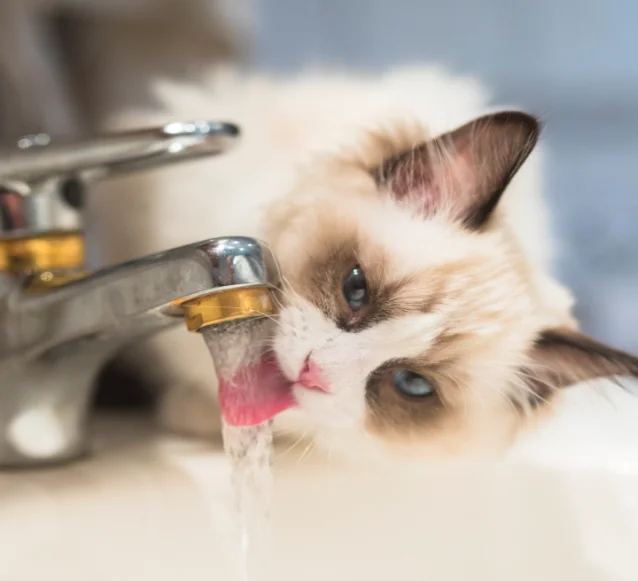
Health
To maintain your Ragdoll cat's overall health, it's crucial to prioritize their urinary health. This breed's genetics, lifestyle, and diet can make them prone to urinary tract issues. However, you can take proactive steps to support their urinary health and prevent potential problems.
Best products for urinary health in Ragdolls
Ensure your Ragdoll stays well-hydrated. Increasing their water intake dilutes their urine, reducing the risk of crystal and stone formation. You can achieve this by incorporating wet food into their diet, offering water supplements, or providing a water fountain, as some cats prefer running water.
If your Ragdoll has a history of urinary crystals or stones, your vet will likely recommend a therapeutic diet to prevent recurrence. These diets have carefully balanced mineral levels and optimal urine pH to discourage crystal formation. If your vet prescribes a urinary diet, consult them before making any changes or additions to your Ragdoll's food. Regular urine tests are also crucial to monitor for crystals or other signs of urinary problems, such as blood. While not a substitute for veterinary care, health monitoring litter that detects blood or indicates urine pH can be a helpful tool in managing your Ragdoll's urinary health.
What to look for
Therapeutic veterinary diets for cats with a previous history of urinary crystals or stones
Urine health monitoring litter to monitor pH or detect blood in the urine
Products to boost water intake like wet food, water fountains and water supplements
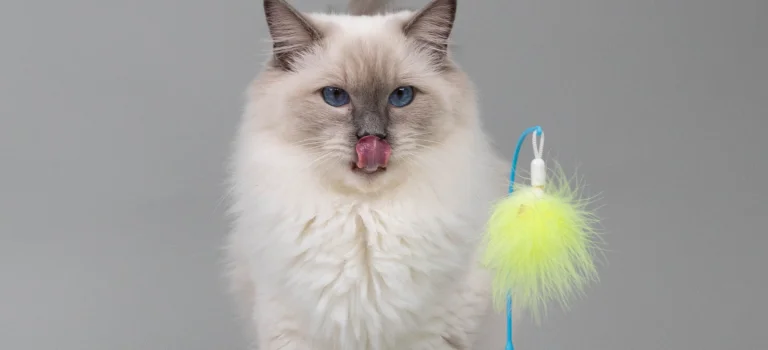
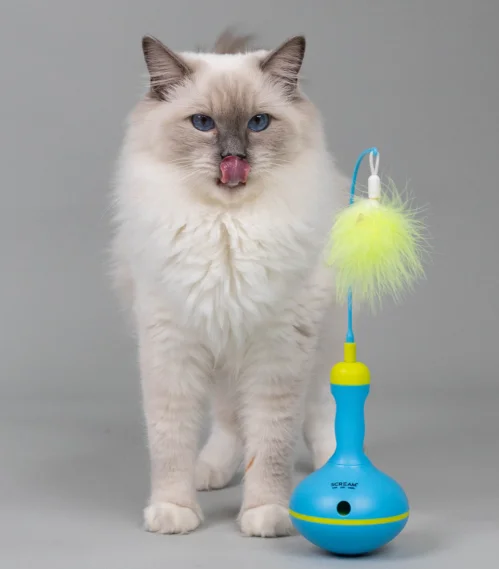
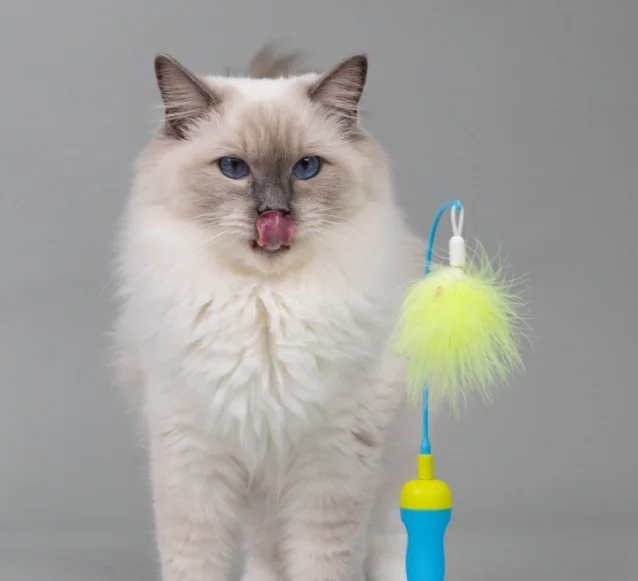
Training and activity
Play is an essential part of a cat's life, regardless of their age. It provides physical and mental stimulation, helps maintain a healthy weight, and strengthens the bond between cats and their owners. Regular play sessions can help prevent boredom, stress, and destructive behaviors in cats of all ages.
Best toys for Ragdolls
Ragdolls are highly social, so toys like teaser wands which foster interactive play between cats and humans are an excellent choice. Due to their 'dog like' nature, many Ragdolls also enjoy playing with toys that are small enough to carry around in their mouth or even play a game of fetch with!
Despite their chilled out nature, Ragdolls are also quite intelligent and trainable. Having a few puzzle toys on rotation is a good way to ensure your clever Ragdoll is getting enough mental stimulation.
What to look for
Teasers and other toys that foster play between human and cat
Interactive and puzzle toys to provide mental stimulation
Small soft toys that can be carried in the mouth
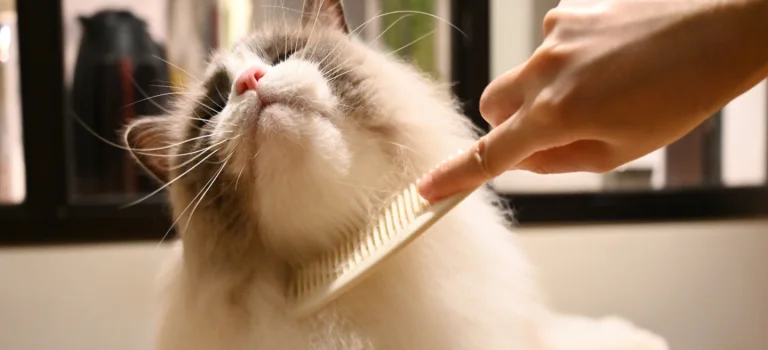
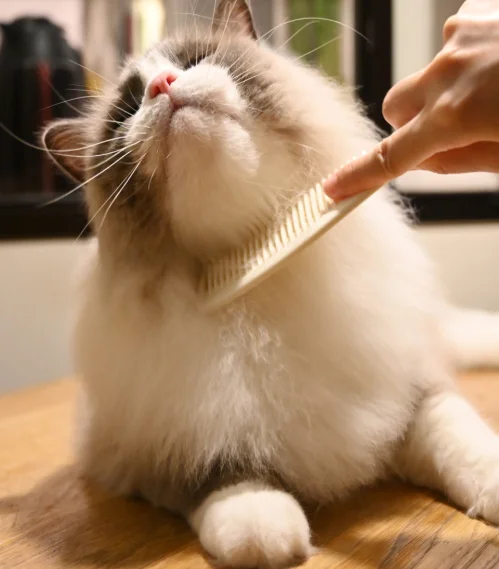
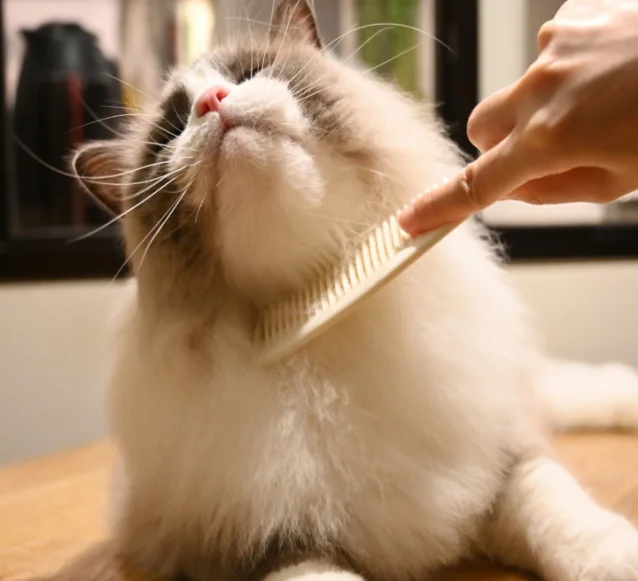
Grooming
Grooming your cat regularly is essential for maintaining its overall health and well-being. It helps remove loose fur, dirt, and debris, prevents mats and tangles, and promotes blood circulation and skin health. Additionally, grooming provides an opportunity for bonding between you and your cat.
Best grooming products for Ragdolls
Start brushing your Ragdoll when they are a kitten and use treats and praise to get them used to tolerating it. Rubber massaging type brushes can be a good way to introduce the sensation of being groomed to your cat in a gentle way. As most Ragdolls are highly affectionate, they will likely come to enjoy this regular interaction with you!
While they are long haired, Ragdolls are single coated, which makes them less prone to heavy shedding and matting compared with other cat breeds. That being said, it is still essential to thoroughly brush your ragdoll at least 1 to 2 times a week with a wide toothed comb, slicker brush or pin brush to remove loose hair and prevent tangles and painful matts from developing. Pay extra close attention to 'hidden' areas such as under the arms and in the groin area.
Intermittently trimming and thinning out the hair with scissors or clippers in sensitive areas such as between the toes and on the fluffy 'pants' can help to keep the coat neat and avoid tangles. While this can be done at home, to avoid injuries to you and your cat it is recommended to consult a professional groomer before attempting to do so. It's generally not necessary to bathe your Ragdoll unless they are visibly dirty or greasy, gentle wipes are a great alternative for freshening up the coat and removing gunk from around the eyes.
What to look for
Gentle massaging curry comb for your daily grooming ritual
Wide toothed comb or brush for weekly brushing and detangling
Pet friendly wipes for spot cleanups around the eyes and rear end
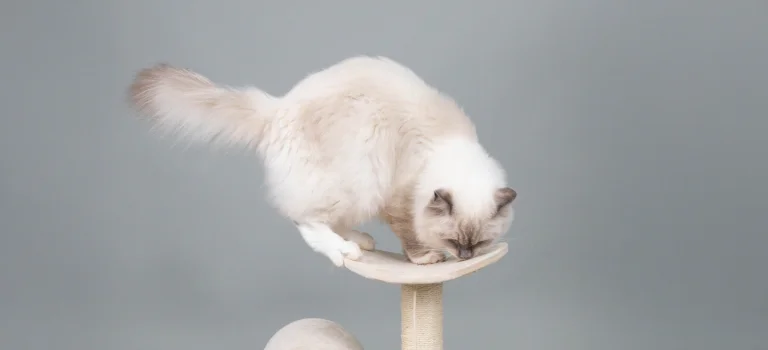
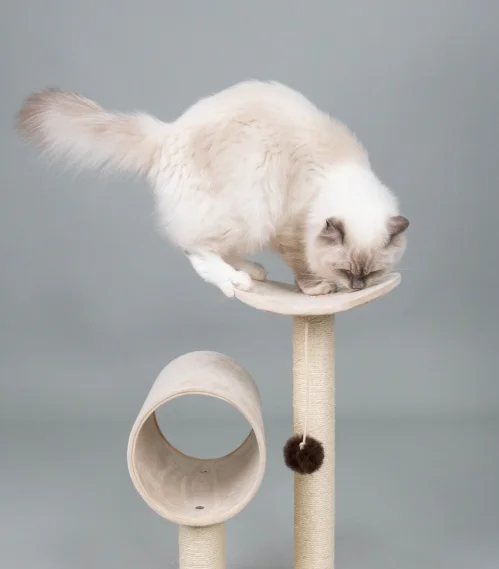
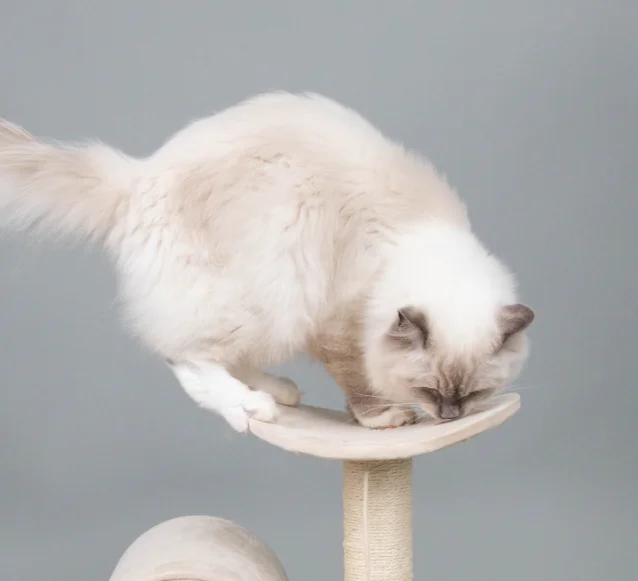
Sleep, travel and home
Creating a comfortable and stimulating environment for your Ragdoll at home, such as providing scratching posts, cat trees, and interactive toys, is crucial for their physical and mental well-being. When travelling, using a secure carrier or harness and gradually introducing them to new environments can minimize stress and ensure a positive experience.
Best beds and cat trees for Ragdolls
To keep your Ragdoll happy and healthy, especially if they're primarily indoors, make sure your home is both welcoming and engaging. Give them places to climb, like cat trees, shelves, or wall-mounted platforms. Cats love to climb and look out at their surroundings from above. This also helps them exercise and reduces boredom and stress. Also, provide cozy hideaway beds, cat houses, or cardboard boxes where they can retreat for some quiet time and feel safe and secure.
What to look for
Elevated platforms such as shelves and window hammocks to add vertical space
Cat trees with multiple platforms
Hideaway beds for a secluded, quiet sleeping place
Best travel accessories for Ragdolls
Ragdoll cats are typically quite relaxed when introduced to new people and environments, making them ideal companions for owners who enjoy traveling. However, ensuring their safety and comfort during transit is crucial. Always utilize a secure carrier, crate, or enclosure, or a well-fitted harness. If you intend to take your cat outdoors, harness training is essential to prevent accidents and minimize stress. Vest-style harnesses are recommended due to their snug fit and even pressure distribution.
Many confident cats appreciate carriers and backpacks with clear or mesh windows, as these provide ventilation and visibility. However, it is important to observe your cat's body language. If they appear stressed or anxious in a carrier, opt for one that offers more enclosure. For extended trips or overnight stays, larger soft crates provide a comfortable and secure space for your Ragdoll companion.
What to look for
Carriers and backpacks that give your cat a safe way to take in the world
Vest style harnesses with a detachable lead
Soft crates for longer trips and overnight stays

